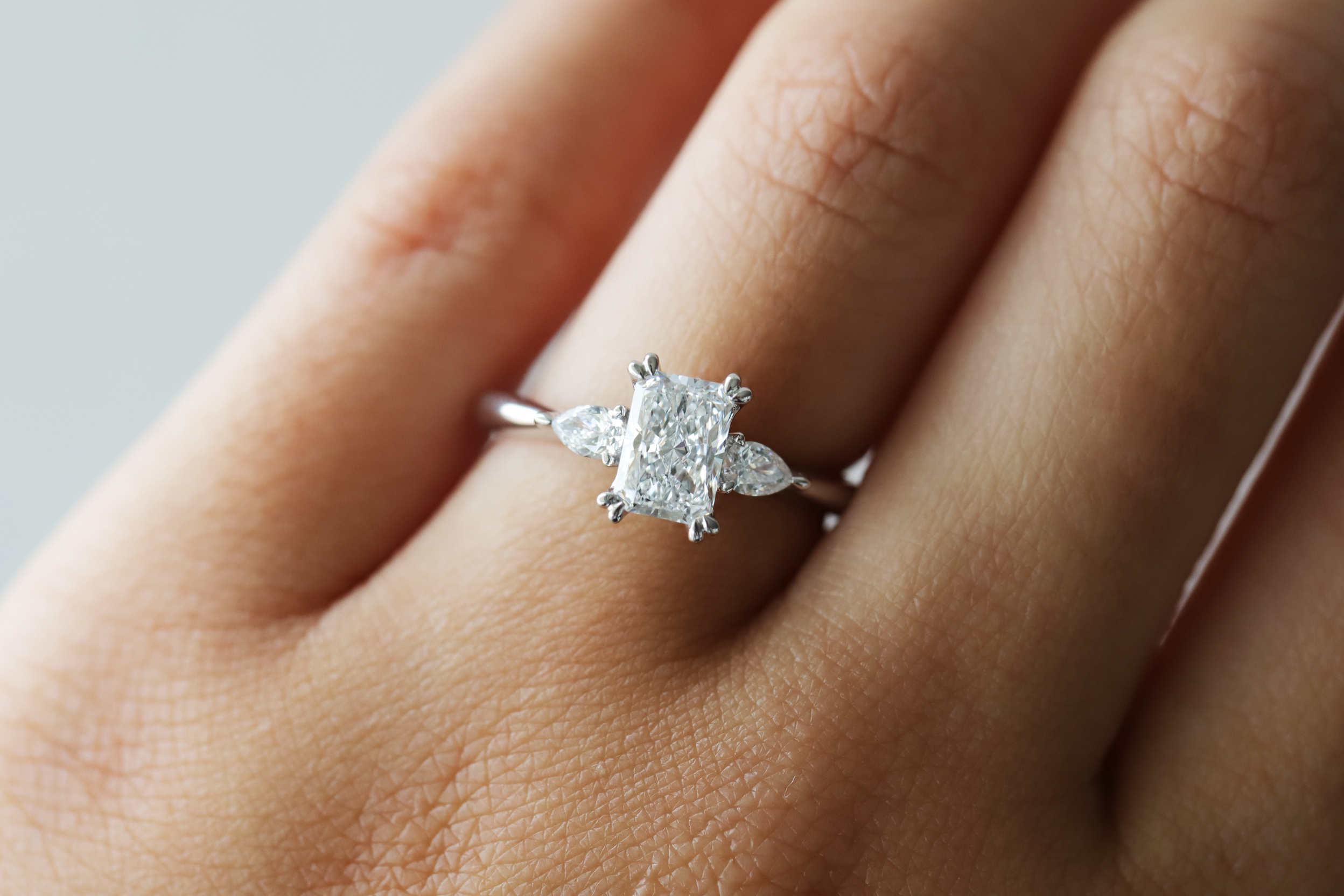Table of Contents
1. Introduction
Man made diamonds nz, also known as lab-grown or synthetic diamonds, have gained significant traction in recent years, offering an ethical, eco-friendly, and cost-effective alternative to natural diamonds. In New Zealand, the interest in man-made diamonds is on the rise as consumers become more environmentally conscious and socially responsible.
2. How Man-Made Diamonds Are Created
Man made diamonds nz are cultivated in controlled laboratory environments through advanced technological processes. Unlike natural diamonds, which form deep within the Earth’s mantle over millions of years, these diamonds are produced in a matter of weeks using high-pressure, high-temperature (HPHT) or chemical vapor deposition (CVD) methods. This process replicates the natural conditions under which diamonds crystallize, resulting in gems with identical physical, chemical, and optical properties to their natural counterparts.
3. Benefits of Man-Made Diamonds
Environmental Impact
One of the most compelling advantages of man-made diamonds is their minimal environmental impact. Traditional diamond mining operations often cause ecological disruption, deforestation, and habitat destruction. In contrast, lab created diamonds require significantly less energy and water, produce fewer carbon emissions, and do not involve destructive mining practices.
Ethical Considerations
Man-made diamonds are free from the ethical concerns associated with the diamond mining industry, such as forced labor, human rights abuses, and conflict financing. By choosing lab-grown diamonds, consumers can ensure that their purchase aligns with their values and principles.
Cost-Effectiveness
In addition to being environmentally and ethically responsible, man-made diamonds are also more affordable than their natural counterparts. The controlled production process eliminates the uncertainties and inefficiencies inherent in diamond mining, allowing for lower prices without compromising quality.
4. Quality and Durability
Man-made diamonds exhibit the same exceptional quality and durability as natural diamonds. They are indistinguishable from mined diamonds to the naked eye and require the same level of expertise to assess. Additionally, reputable manufacturers subject their lab-grown diamonds to rigorous testing and certification processes to guarantee their authenticity and quality.
5. Availability and Variety
Man-made diamonds offer a diverse range of options in terms of color, size, and shape. From classic white diamonds to fancy colored diamonds, consumers can find a perfect match for their preferences and style. In New Zealand, access to a wide selection of lab-grown diamonds is becoming increasingly accessible through reputable retailers and online platforms.
6. Myths and Misconceptions
Despite their numerous advantages, man-made diamonds are often subject to misconceptions and myths. Common misunderstandings include concerns about their authenticity, durability, and value compared to natural diamonds. However, advancements in technology and increased consumer awareness have debunked many of these myths, highlighting the benefits of lab-grown diamonds.
7. Maintenance and Care
Maintaining man-made diamonds is relatively straightforward and requires similar care to natural diamonds. Regular cleaning with mild soap and warm water, along with occasional professional polishing, can help preserve their brilliance and luster for years to come. Due to their exceptional hardness and durability, lab-grown diamonds are well-suited for everyday wear and can withstand the rigors of daily life.
8. Consumer Confidence and Trust
The reputation of man-made diamonds continues to grow as more consumers recognize their value and reliability. Positive feedback from satisfied customers, along with endorsements from reputable organizations and industry experts, has bolstered consumer confidence in lab-grown diamonds. Trusted retailers and manufacturers uphold high standards of transparency and integrity, further enhancing trust and credibility in the market.
9. Purchasing Considerations
Before purchasing man-made diamonds, consumers should consider several factors, including the desired characteristics of the diamond, budget constraints, and the reputation of the manufacturer or retailer. It is advisable to buy from reputable sources that offer certification and guarantees of authenticity. In New Zealand, consumers can explore various options both online and in brick-and-mortar stores to find the perfect lab-grown diamond for their needs.
10. Industry Trends and Future Prospects
The market for man-made diamonds is poised for significant growth in the coming years, driven by increasing consumer awareness and demand for sustainable and ethically sourced products. Technological advancements continue to push the boundaries of diamond production, leading to innovations in color enhancement, size scalability, and production efficiency. As these trends unfold, man-made diamonds are set to become a mainstream choice for discerning consumers worldwide.
11. Testimonials and Success Stories
Real-life experiences from satisfied customers serve as powerful testimonials to the quality and value of man-made diamonds. Many individuals who have chosen lab-grown diamonds for their engagement rings, wedding bands, or special occasions rave about their beauty, durability, and eco-friendly credentials. These success stories further validate the appeal and desirability of man-made diamonds among consumers.
12. Sustainability and Environmental Impact
The sustainability of man-made diamonds extends beyond their production process to their entire lifecycle. By opting for lab-grown diamonds, consumers contribute to the preservation of natural resources, reduction of carbon emissions, and protection of ecosystems. Compared to traditional diamond mining, which often leaves behind scars on the landscape and disrupts local communities, lab-grown diamonds offer a more sustainable and responsible choice for conscientious consumers.

